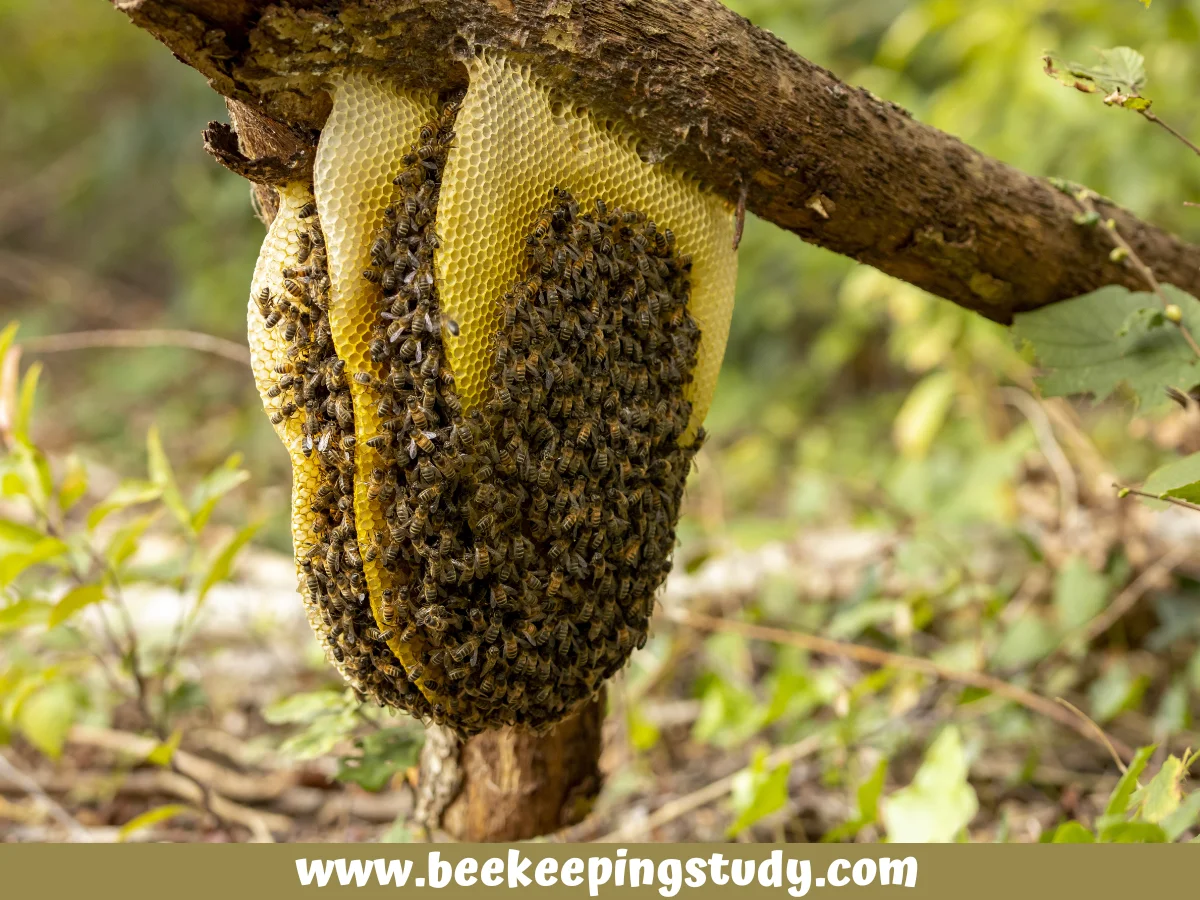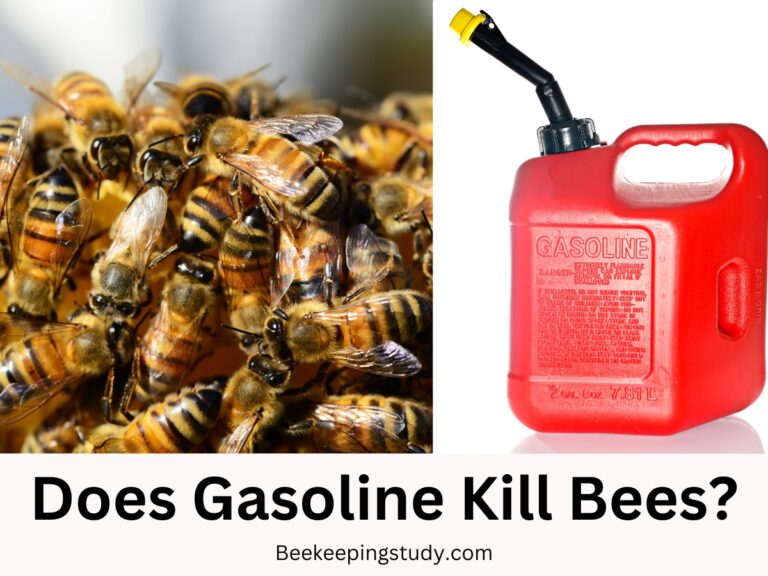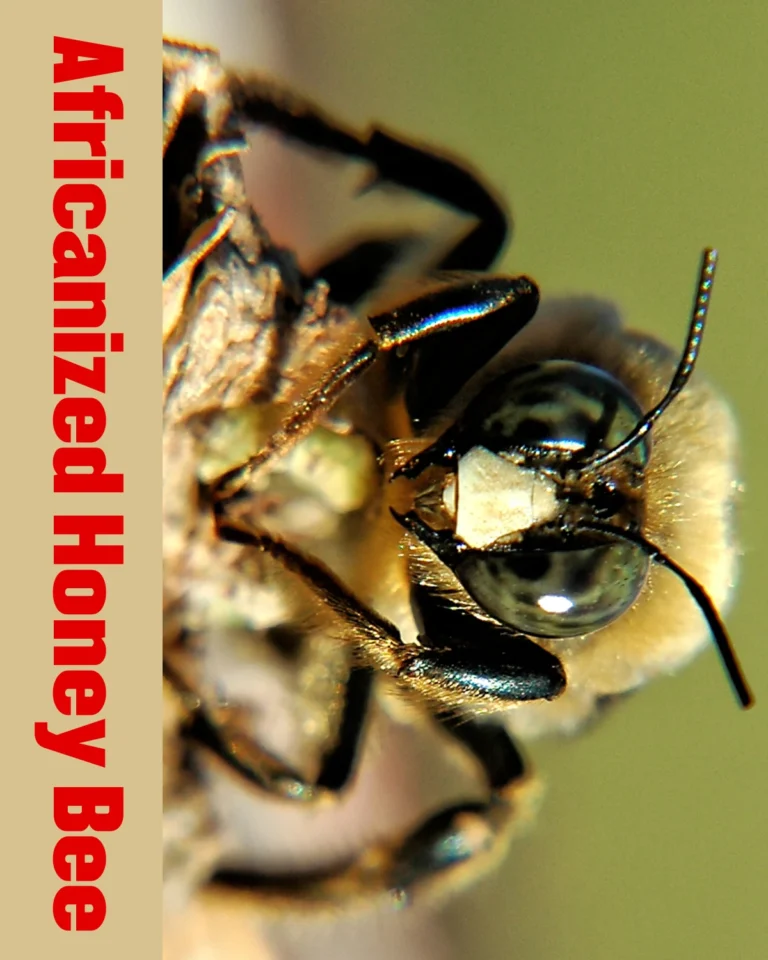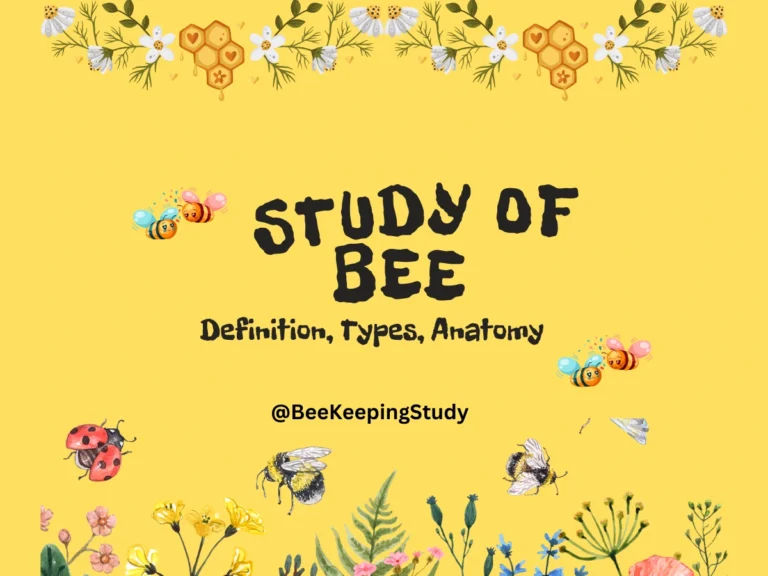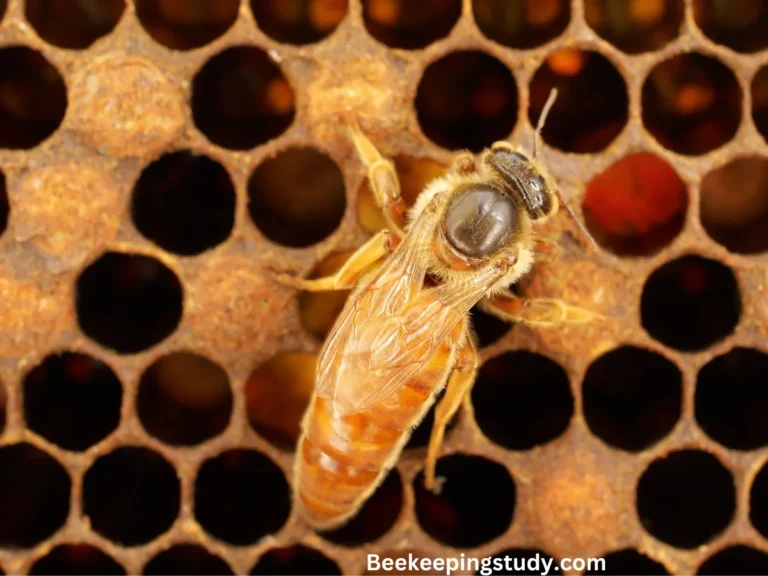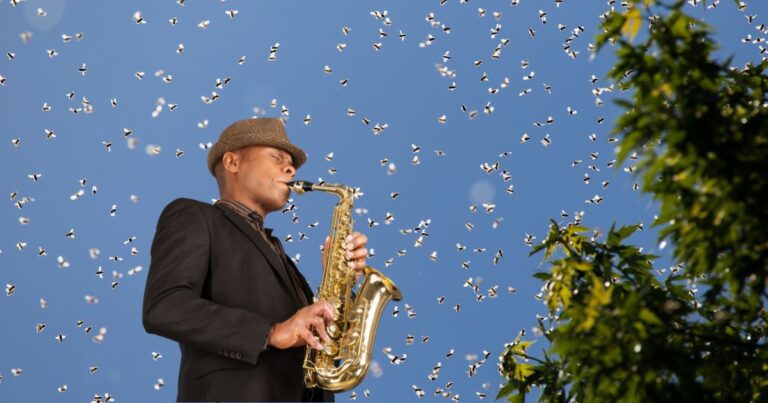How Do Bees Make Honey? [Step By Step Fully Explained]
Have you ever wondered how do bees make honey? However, not all bees make honey. This sweet, golden liquid is a natural marvel, produced by one of the most efficient workers in nature: the honeybee.
In this blog post, we’ll dive into the fascinating process of how bees make honey, from flower to hive. Let’s explore the steps these industrious insects take to create this delicious treat.
So, How Do Bees Make Honey?
The honey-making process involves several steps. Let’s dive step by step.

Step-1: The Journey Begins: Collecting Nectar
The process of making honey starts with foraging. Worker bees, which are female, leave the hive in search of flowers. These bees have an excellent sense of smell and can locate flowers rich in nectar.
Once they find a suitable flower, they use their long, tube-like tongues to suck up the nectar, storing it in their “honey stomach,” also known as the “crop”.
The Role of Forager Bees
Forager bees are responsible for gathering nectar and pollen. They visit hundreds of flowers each day, collecting the raw materials needed to produce honey.
The nectar is not yet honey. It is a sugary liquid that needs further processing.
The Importance of Pollen
In addition to nectar, bees collect pollen. Pollen is essential for the hive’s nutrition, providing proteins and fats needed for the growth and development of bee larvae.
While gathering nectar, bees also pick up pollen on their bodies and transfer it from flower to flower. Doing so they are pollinating billions of flowers daily all over the world.
Bee pollen has plenty of health benefits for women and men. But you must be careful while consuming bee pollen.
Step-2: The Return to the Hive: Transforming Nectar into Honey
Once a forager bee’s honey stomach is full, it returns to the hive to pass the nectar to house bees. This transfer happens through a process called trophallaxis, where the nectar is passed into the mouth of a house bee.
Evaporation and Enzymes
House bees play an important role in turning nectar into honey. They take in the nectar, pass it around in their mouths, and mix it with special enzymes.
This helps break down the sugars into simpler forms. Then, the bees store the nectar in the honeycomb cells.
Reducing Water Content
For nectar to become honey, it must have a low water content. Bees achieve this by fanning their wings over the filled honeycomb cells, promoting evaporation.
This process thickens the nectar, reducing its moisture content to about 17-20%, which is the ideal concentration for honey.
Step-3: Sealing the Honeycomb: Capping the Honey
Once the nectar has thickened into honey, bees seal the honeycomb cells with a wax cap. This capping process protects the honey from moisture and contaminants, allowing it to be stored indefinitely.
The Role of Beeswax
Bees produce beeswax from special glands on their abdomen. They use this wax to build and repair the honeycomb structure, ensuring a safe and efficient storage system for honey and pollen.
Honey Storage
Sealed honeycomb cells serve as the hive’s food pantry. Bees rely on stored honey to sustain the colony during times when nectar is scarce, such as winter. This stored honey is vital for the survival of the hive.
Why Do Bees Make Honey?
Honey is essential for the survival of the bee colony. It provides a reliable food source, rich in energy, which is crucial during periods when foraging is not possible.
Honey also plays a role in maintaining the hive’s temperature and humidity levels, ensuring a stable environment for the bees. Thus the major reasons why do bees make honey are discussed below.
- Feeding the Colony: Worker bees consume honey to fuel their daily activities, including foraging, hive maintenance, and caring for the queen and larvae. Without honey, the colony would not have the energy to perform these vital tasks.
- Supporting the Queen and Brood: The queen bee and developing larvae, known as brood, rely on the hive’s honey stores for nutrition. A healthy supply of honey ensures the growth and reproduction of the bee colony, supporting its long-term sustainability.
How Long Do Bees Take to Make Honey?
Bees are busy little workers, and the process of making honey takes time and teamwork. Generally, it takes around 4 to 6 weeks for a bee colony to produce a batch of honey.
During this period, worker bees visit thousands of flowers each day to gather nectar. The nectar is then brought back to the hive, where it is passed along to other bees who help turn it into honey.
The speed of honey production can depend on a few factors, like:
- The weather
- The types of flowers nearby
- The size of the colony.
On a good day with plenty of flowers and warm weather, bees can collect large amounts of nectar. However, during colder months or when food is scarce, honey production slows down.
How Much Honey Do Bees Make?
A single bee isn’t capable of making a lot of honey on its own. On average, a worker bee produces around 1 teaspoon of honey in its lifetime.

However, a whole colony of bees can make quite a bit. A healthy colony of bees can produce anywhere between 30 to 60 pounds of honey in a year.
The amount of honey produced depends on the size of the colony and the availability of nectar. Strong colonies with plenty of workers can produce larger amounts, especially during the peak flowering seasons.
Interestingly, bees only make enough honey for themselves and their hive during the winter months, so they never make more honey than they need.
Conclusion
Understanding how do bees make honey reveals the incredible efficiency and teamwork within a bee colony. From foraging for nectar to transforming it into honey and capping it for storage, each step is vital for the survival of the hive.
This natural process not only benefits bees but also provides humans with a versatile and beneficial product.
Next time you enjoy a spoonful of honey, remember the hard work and the entire process that went into making it. Bees truly are one of nature’s most fascinating and essential workers.

